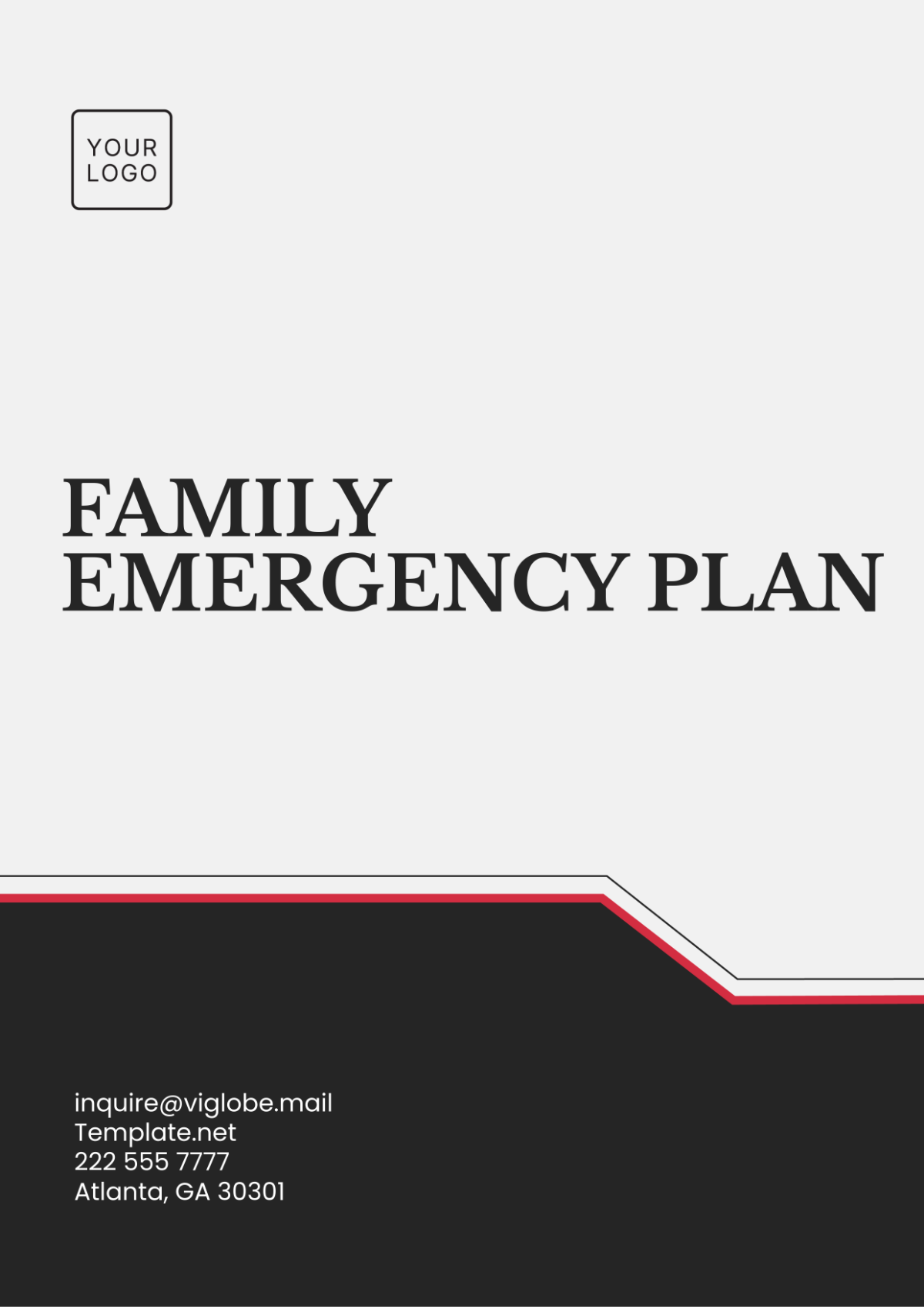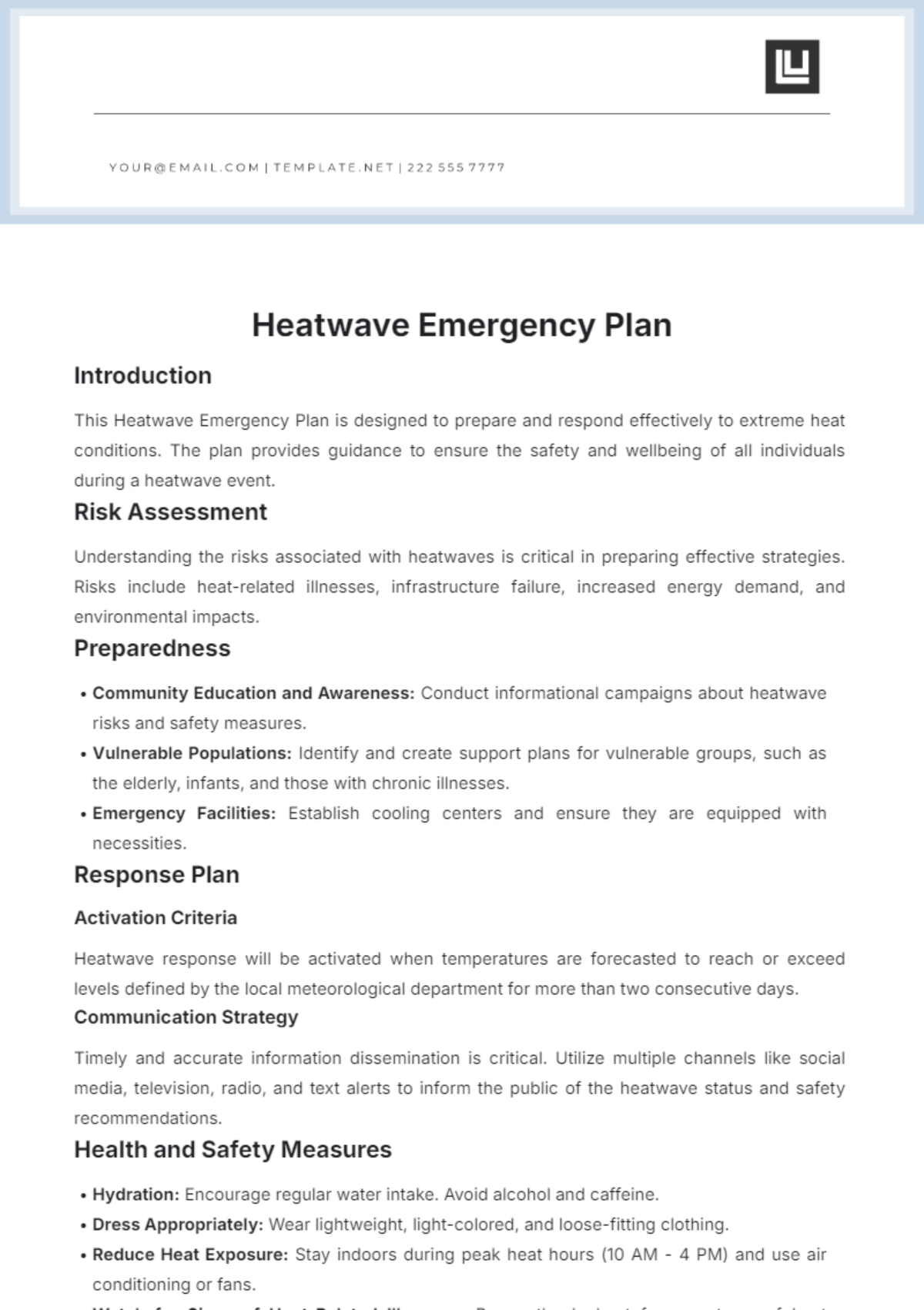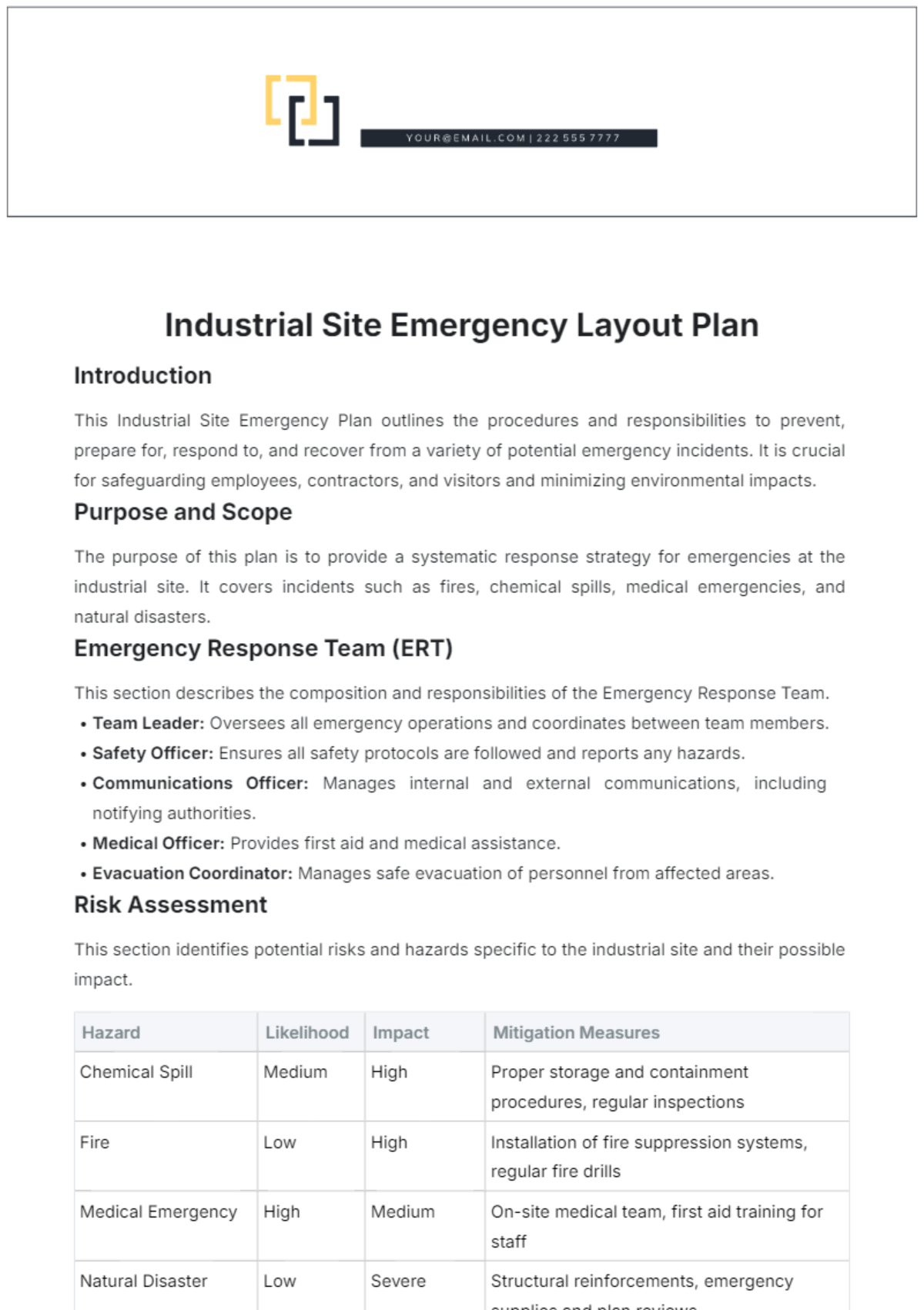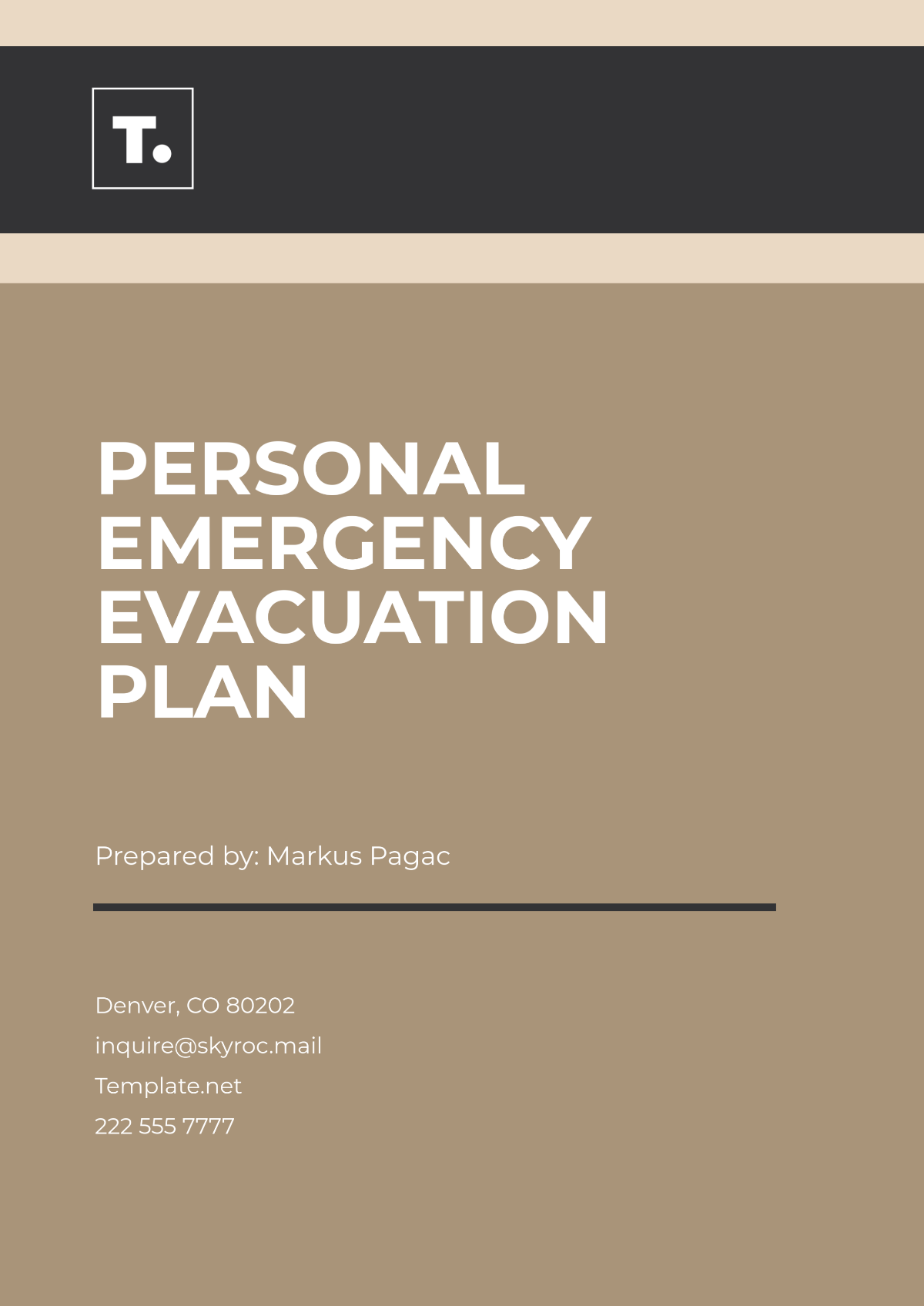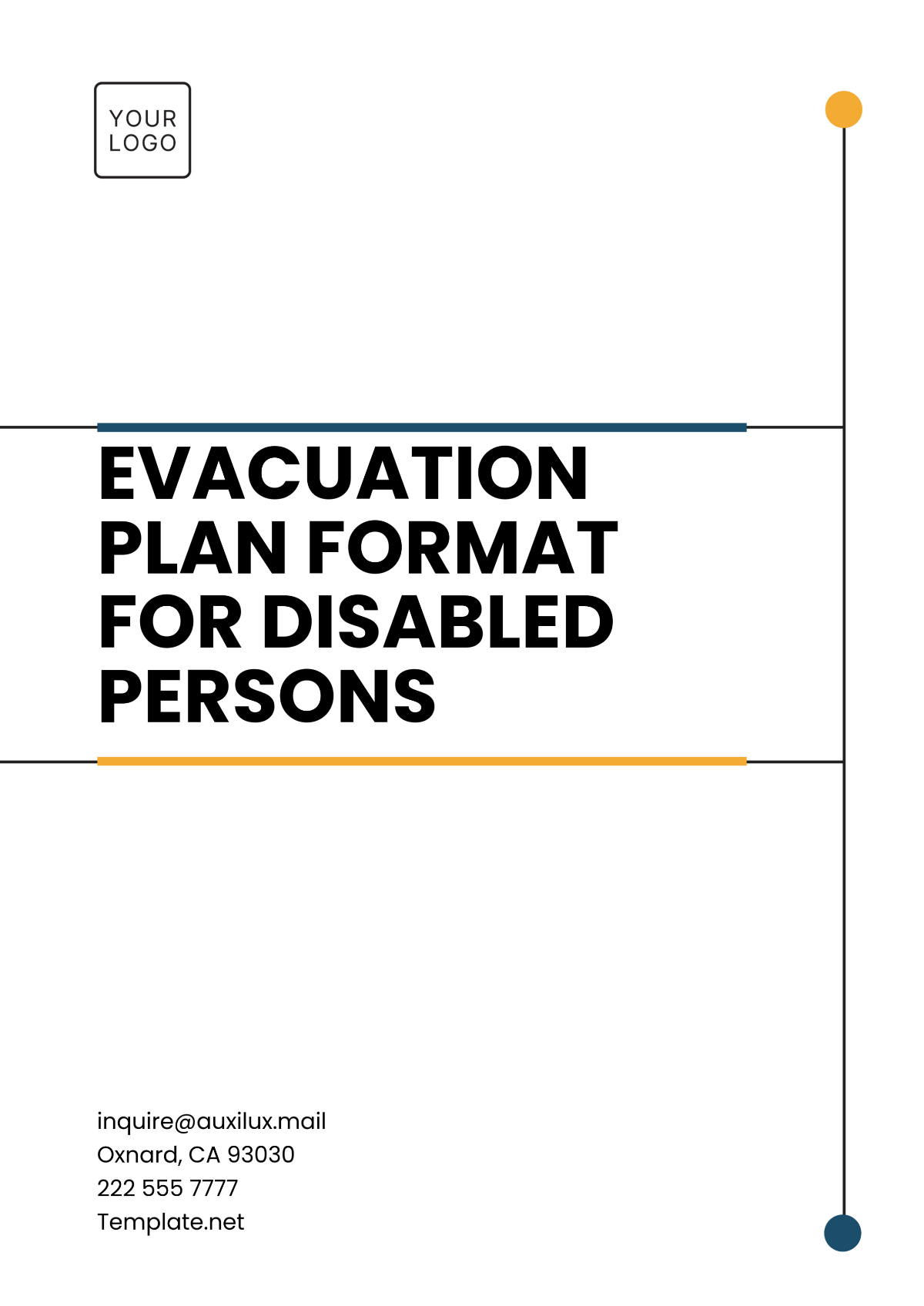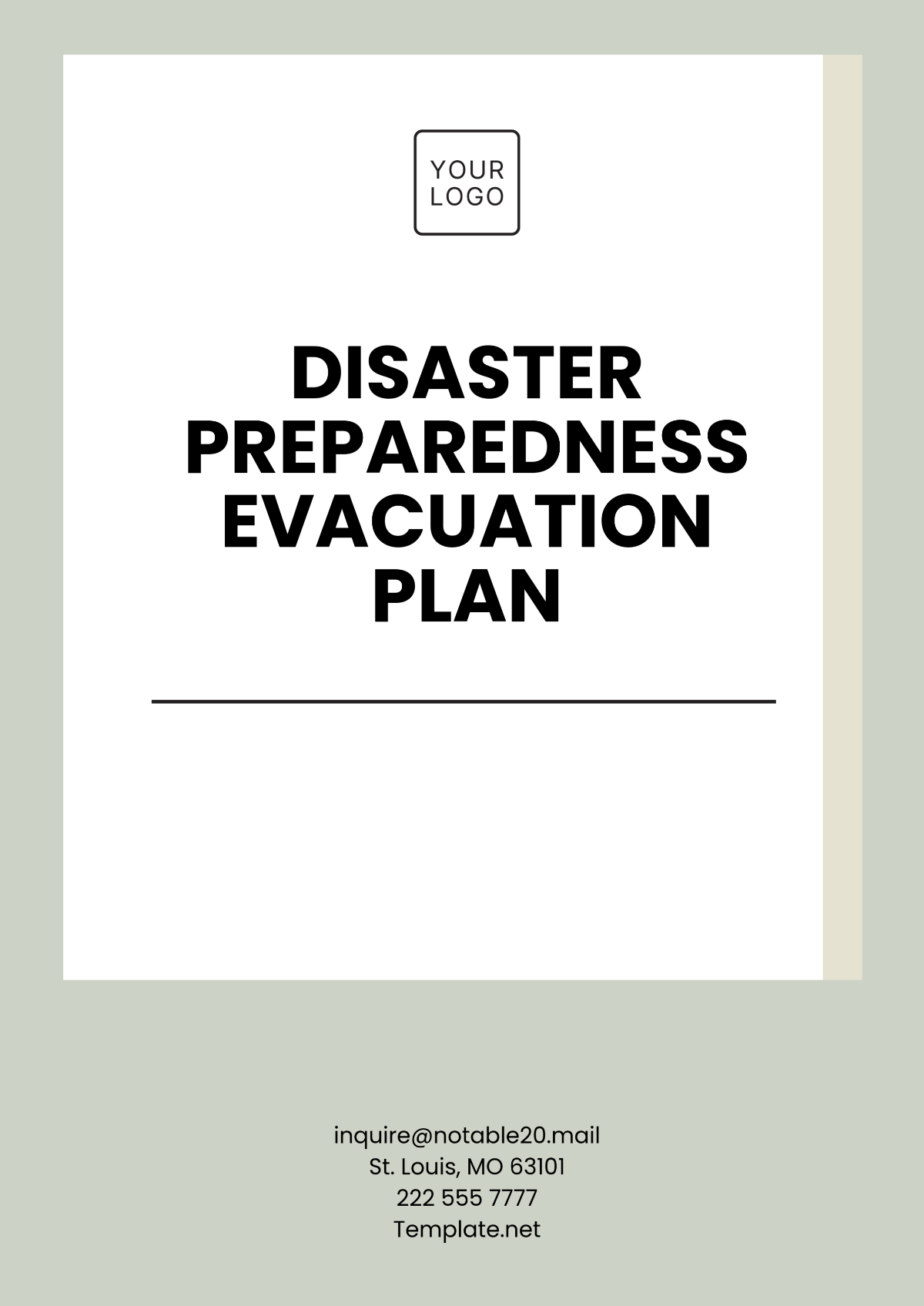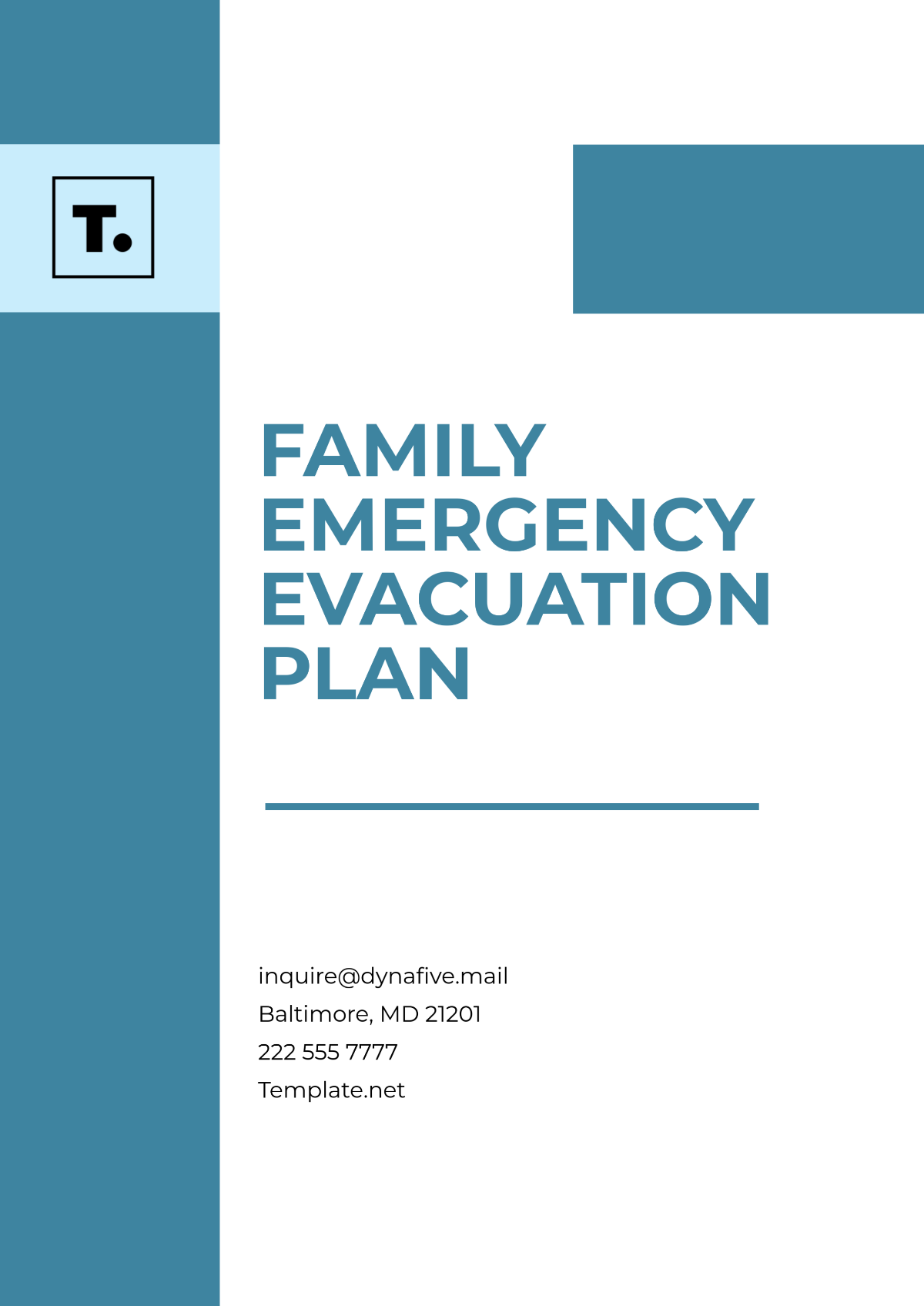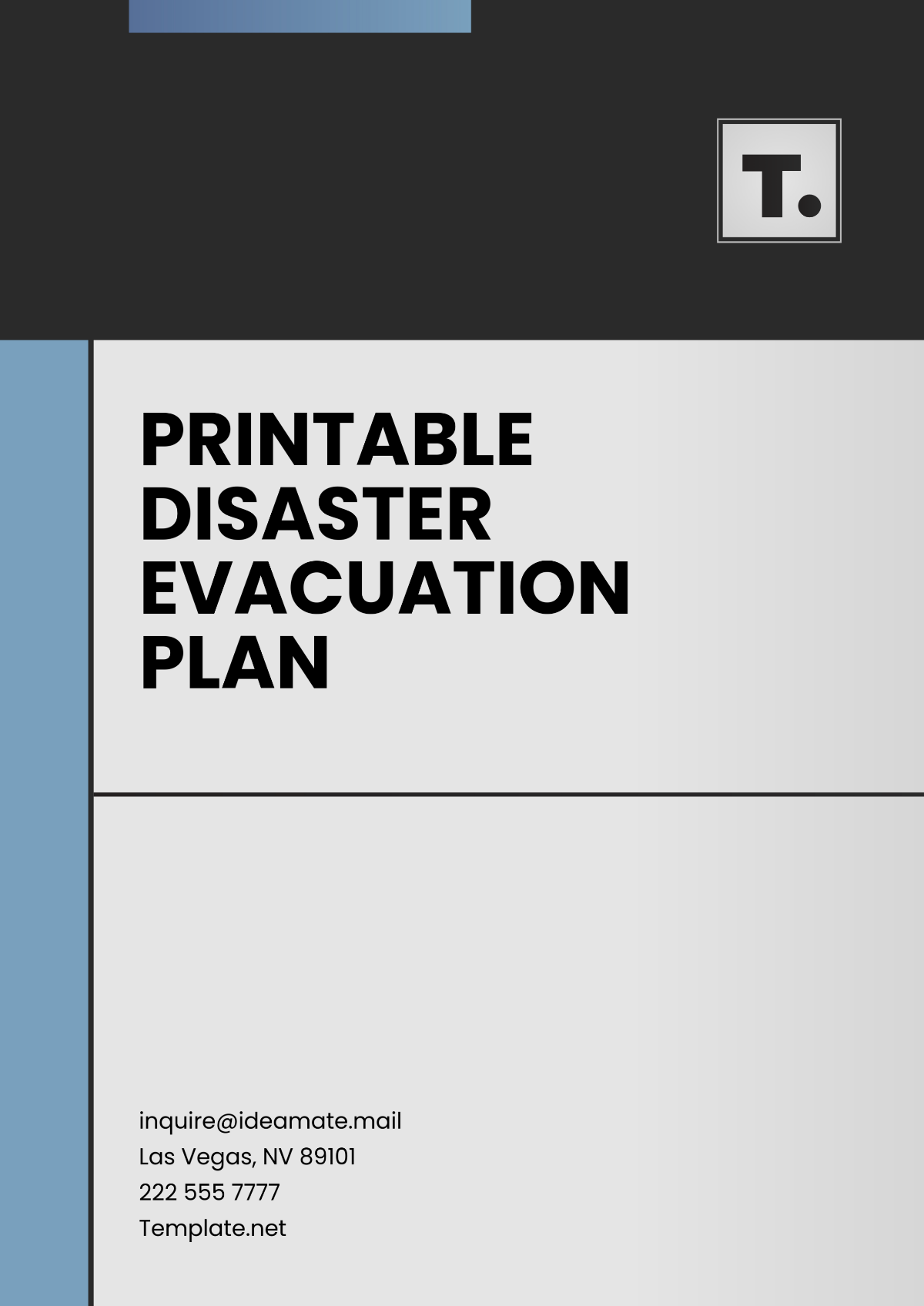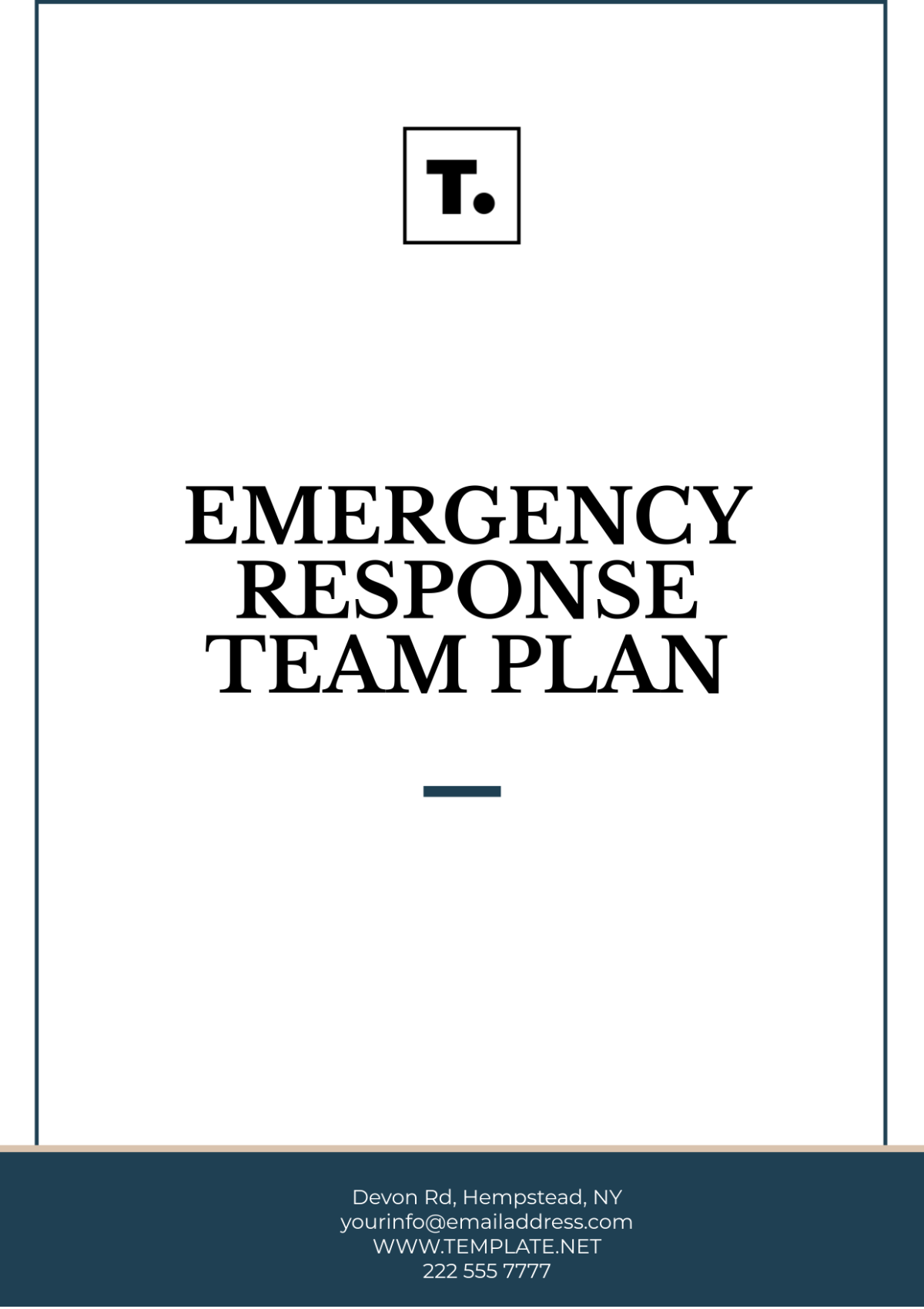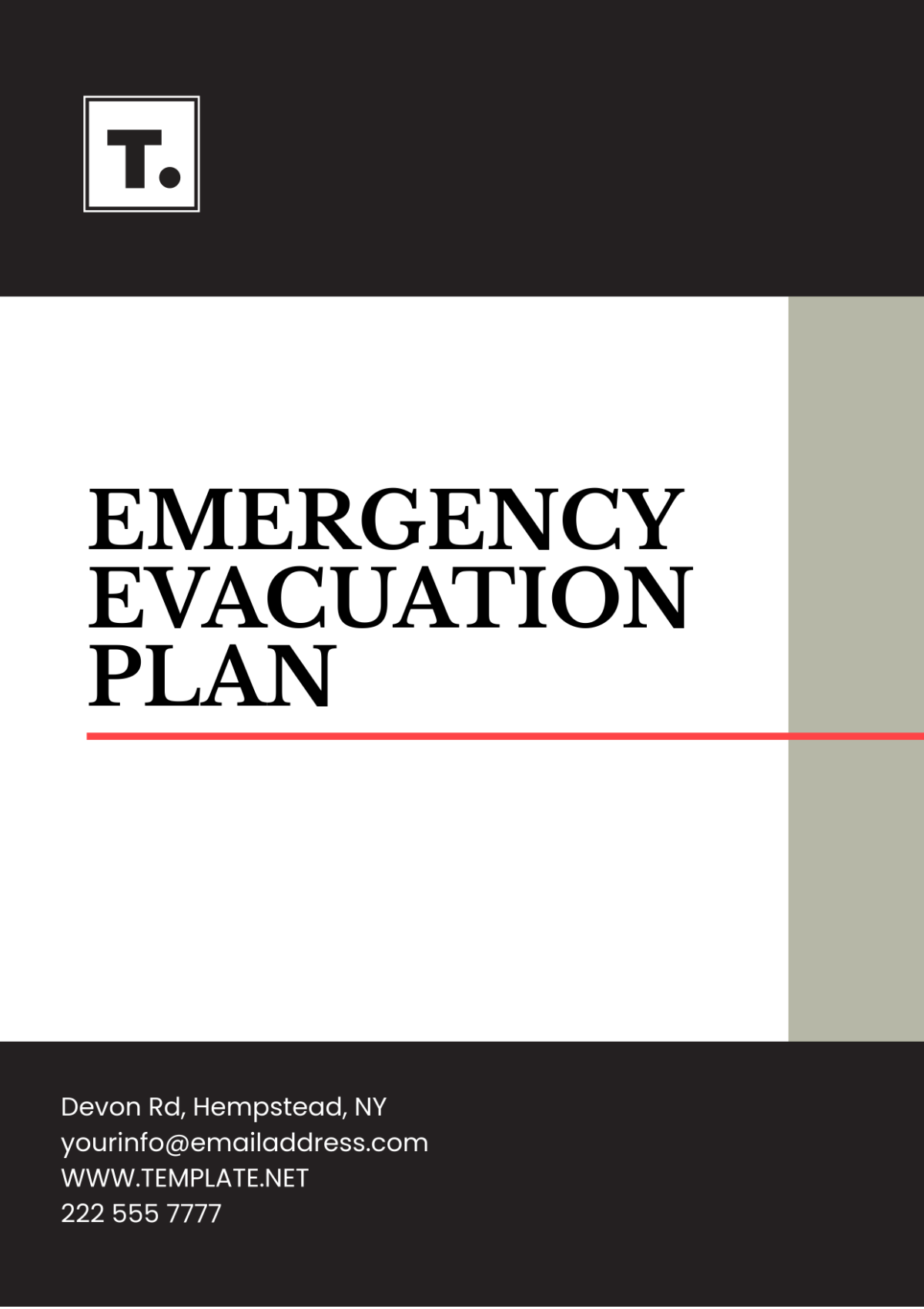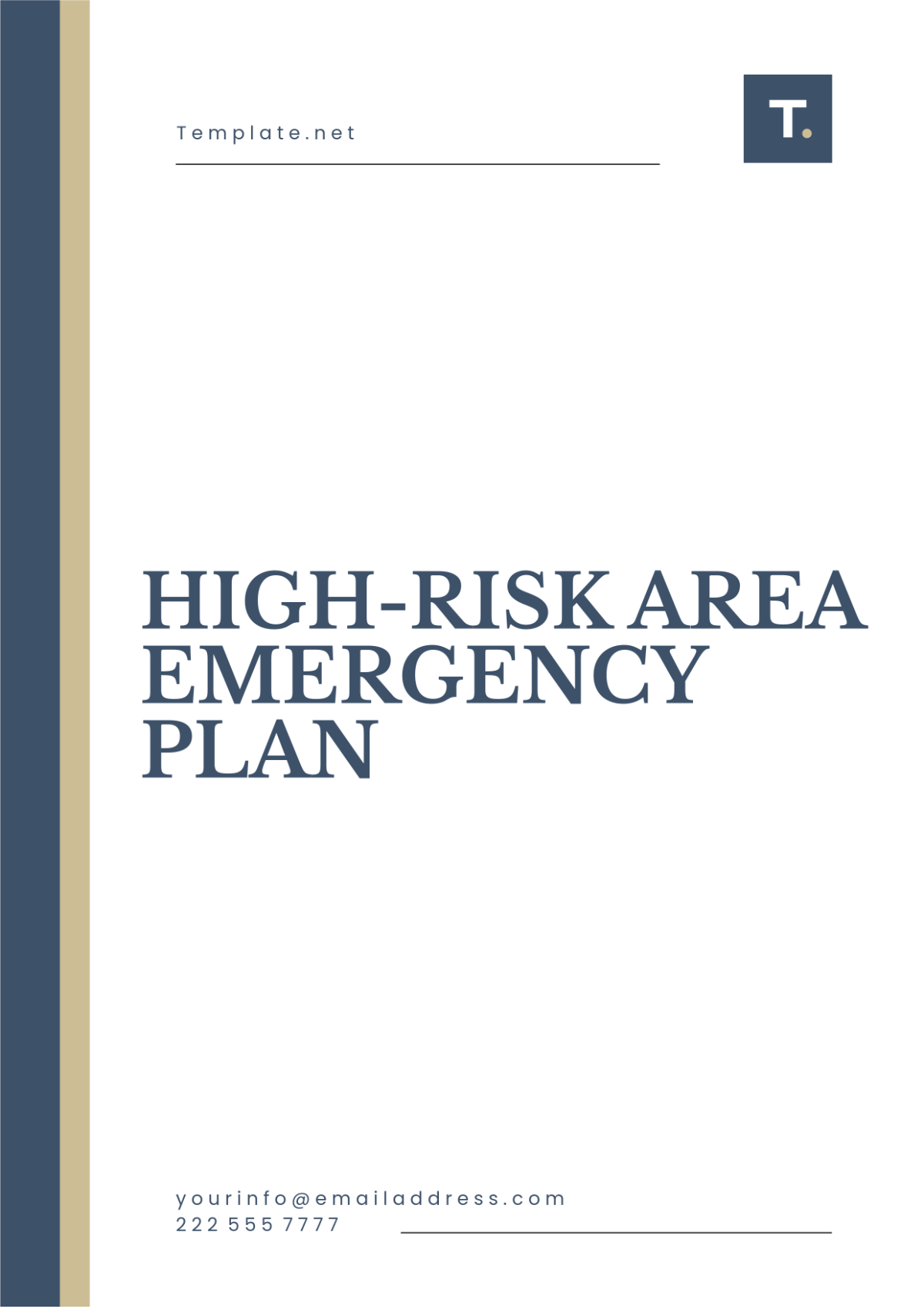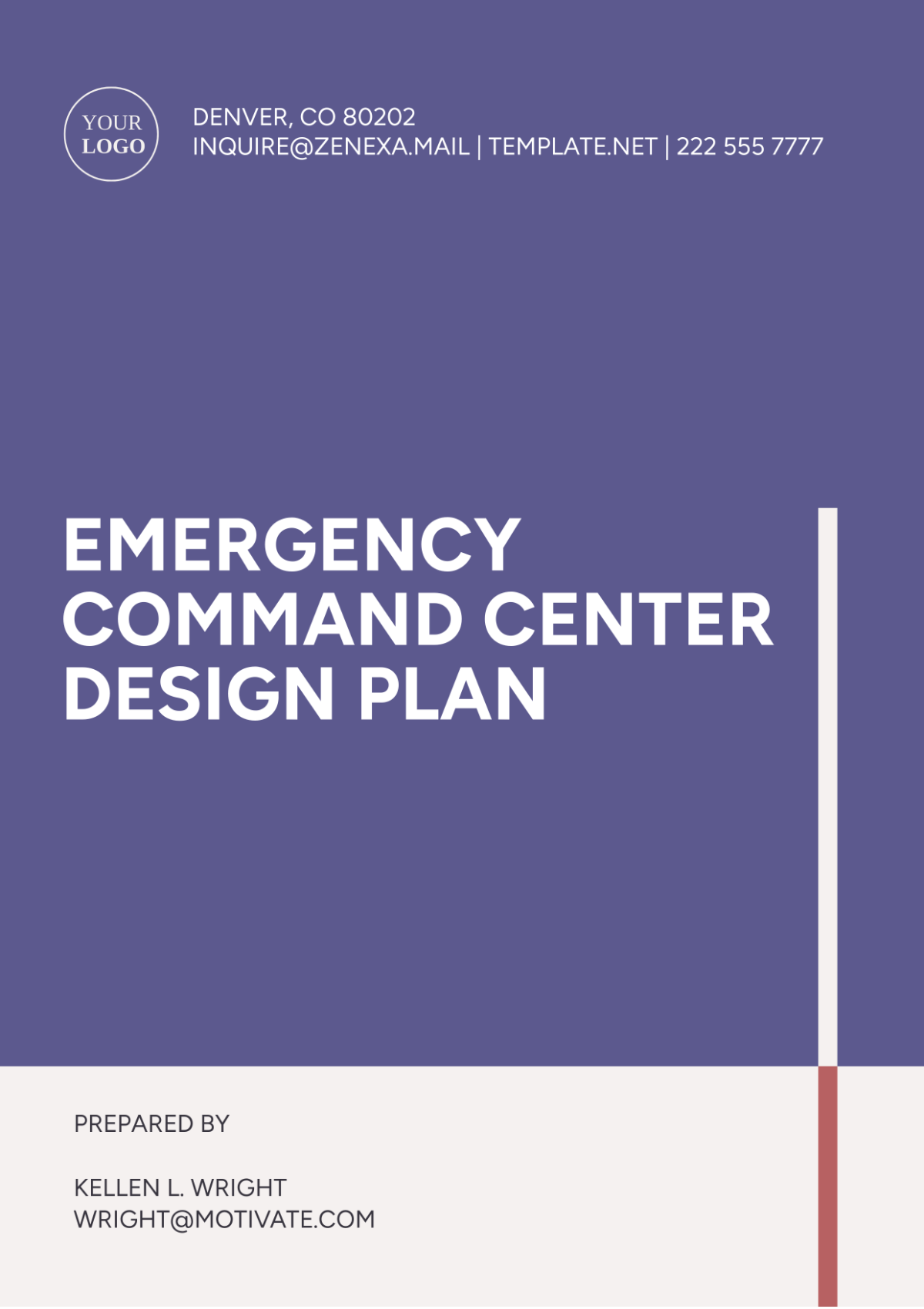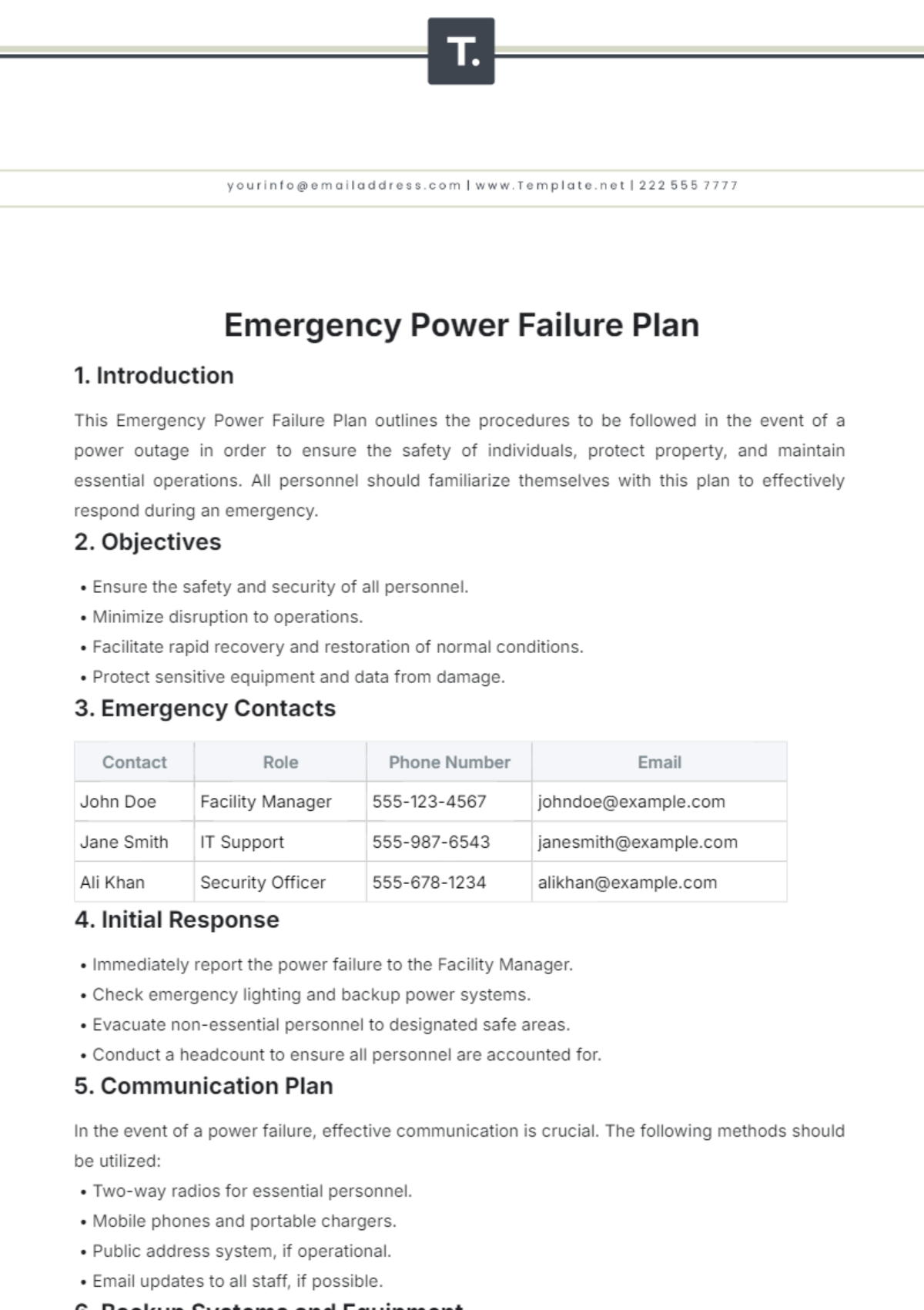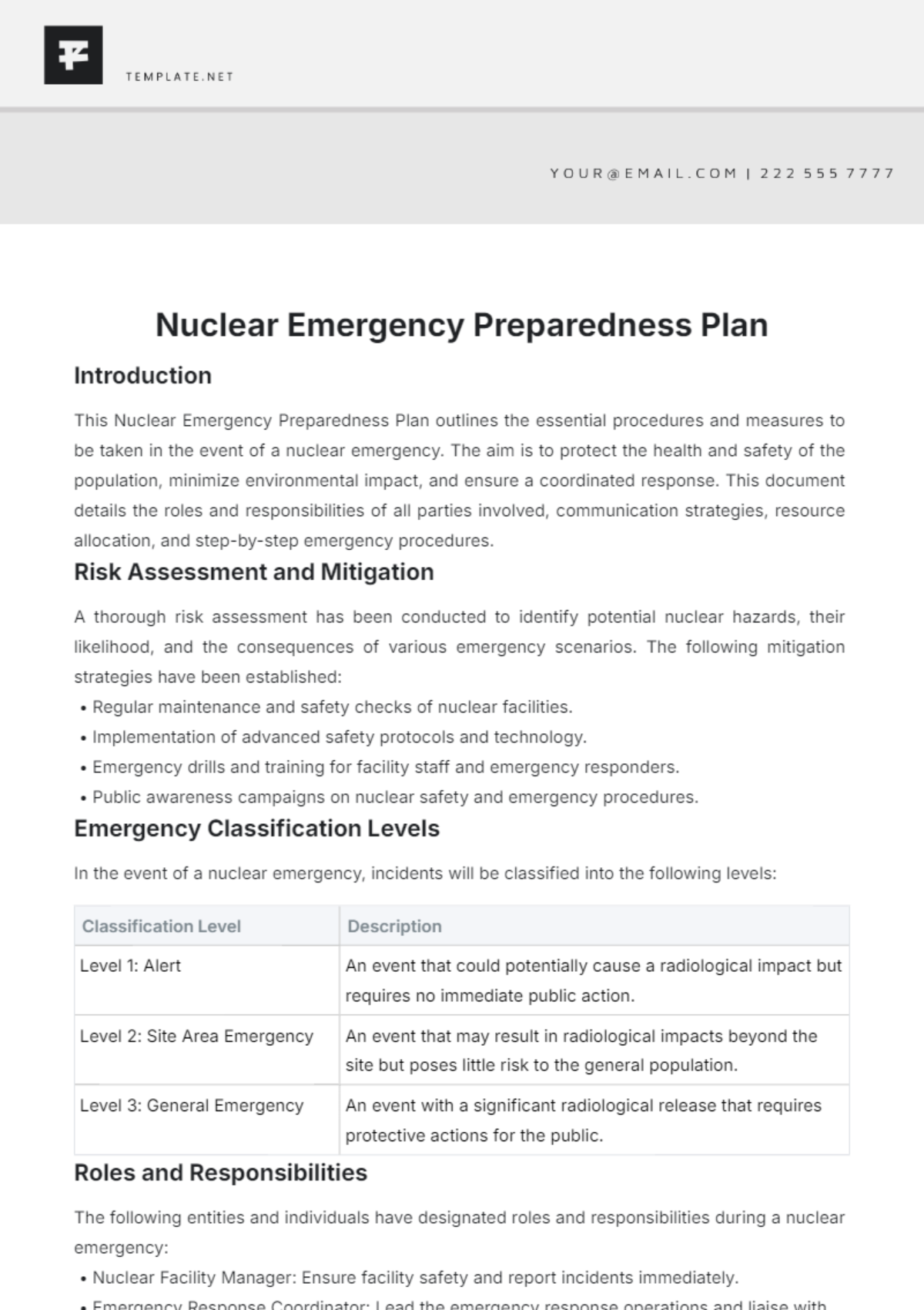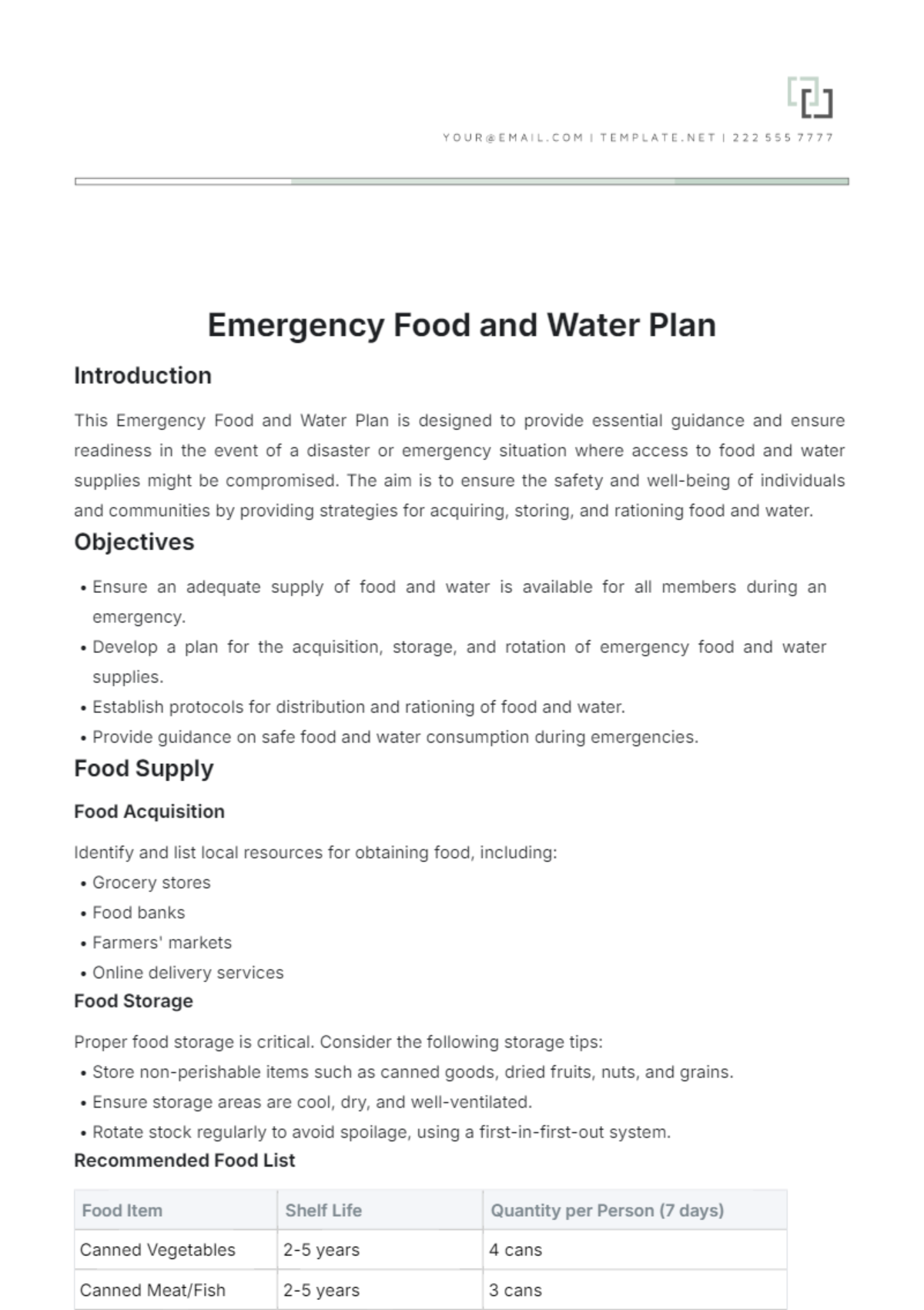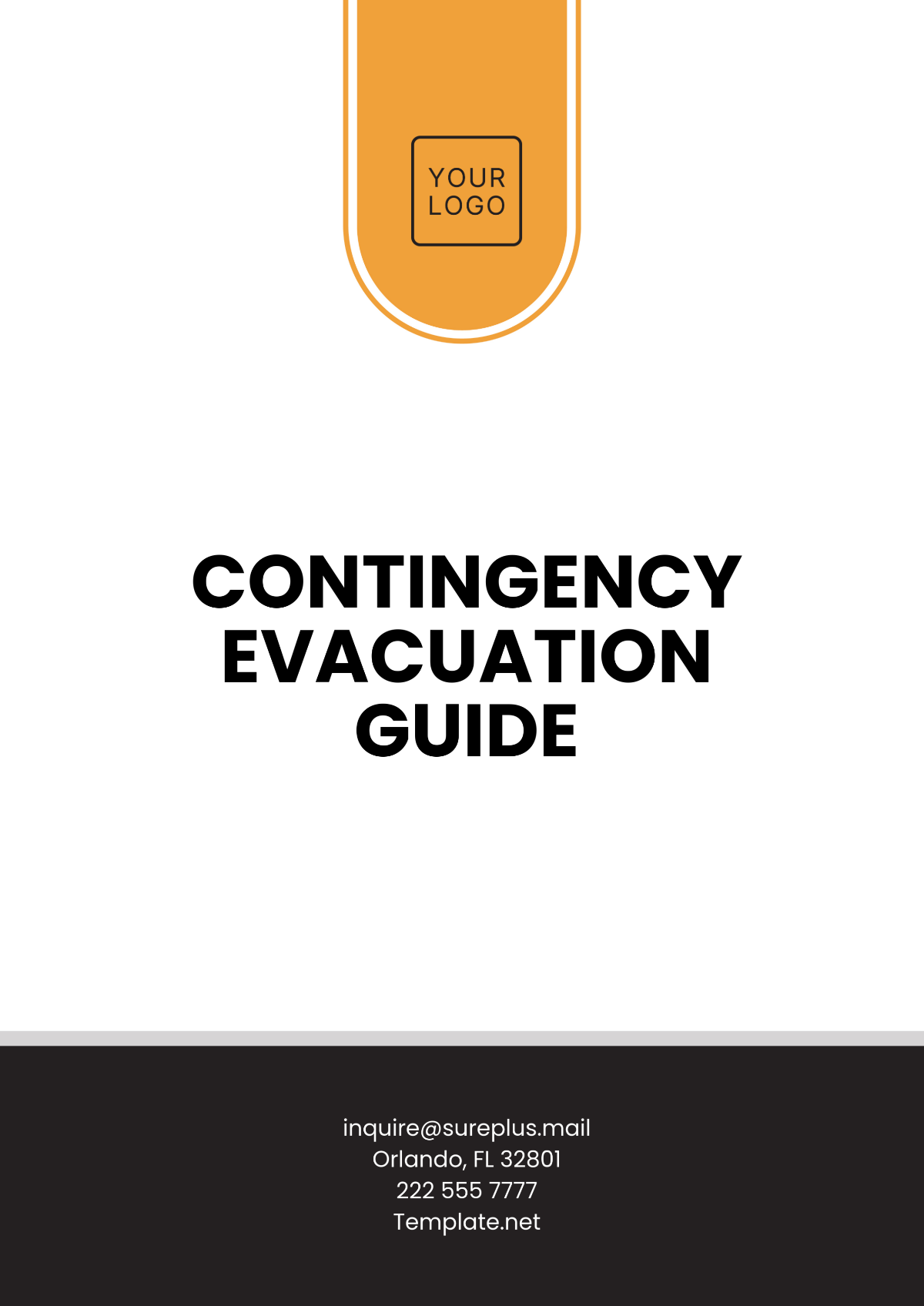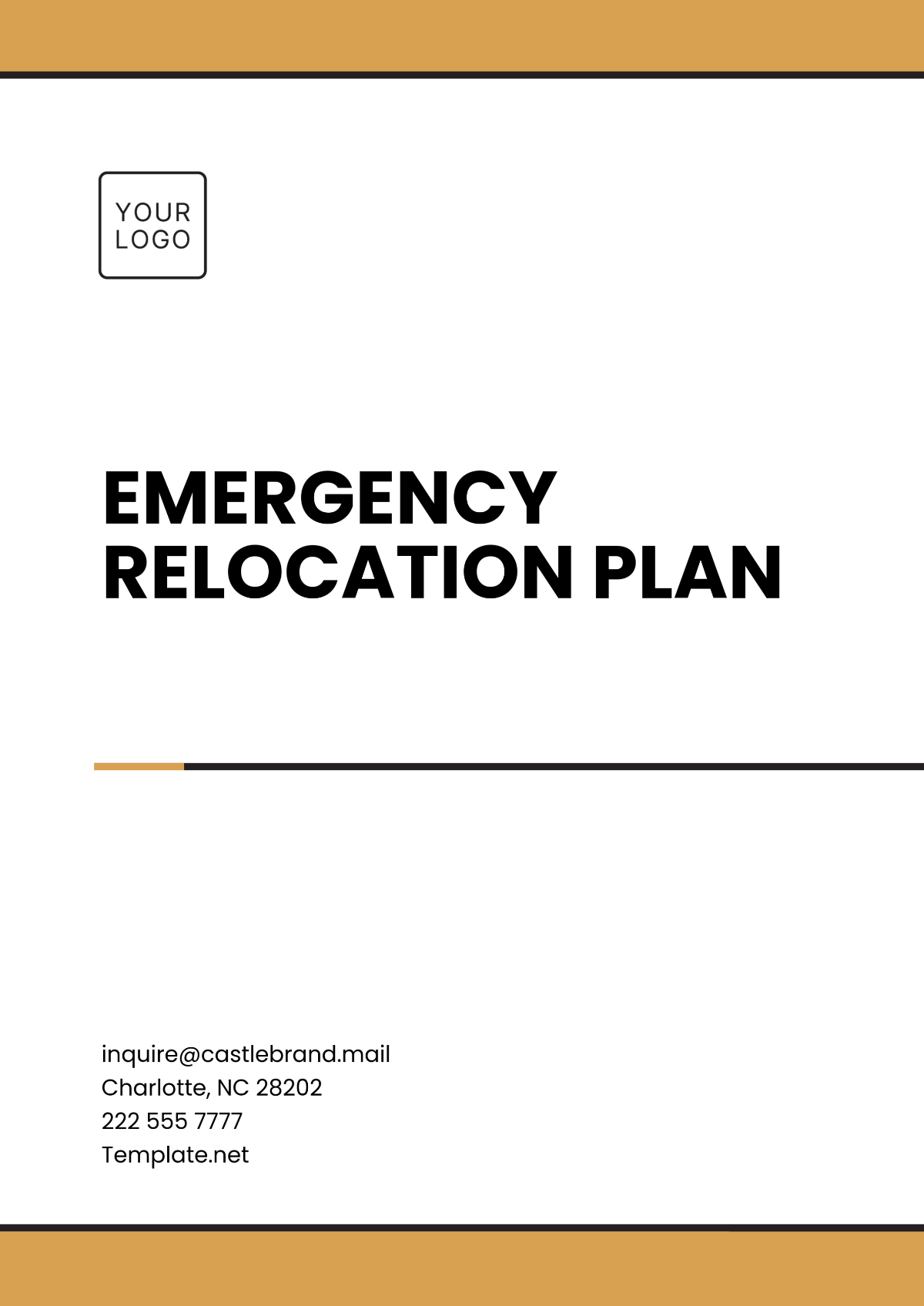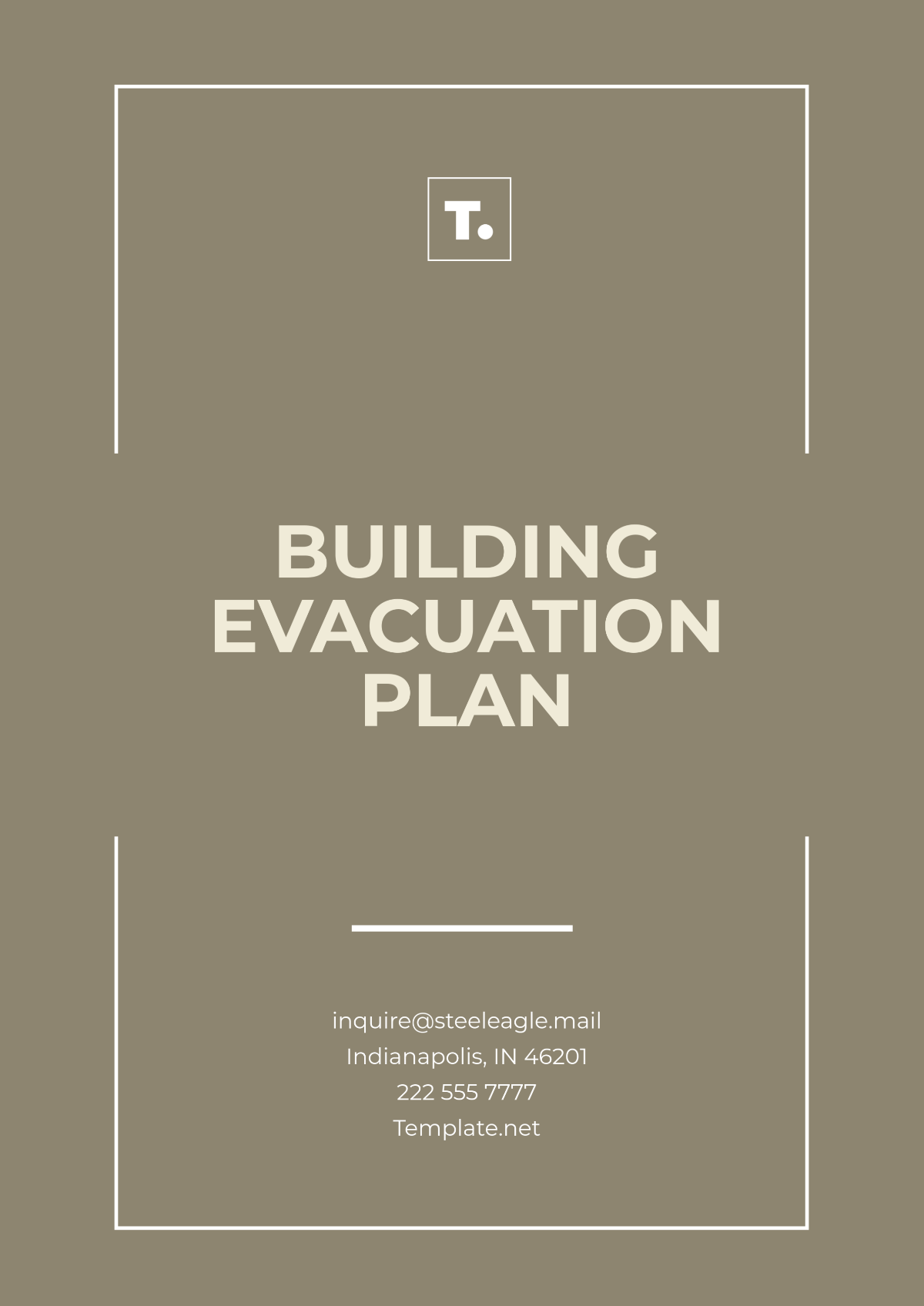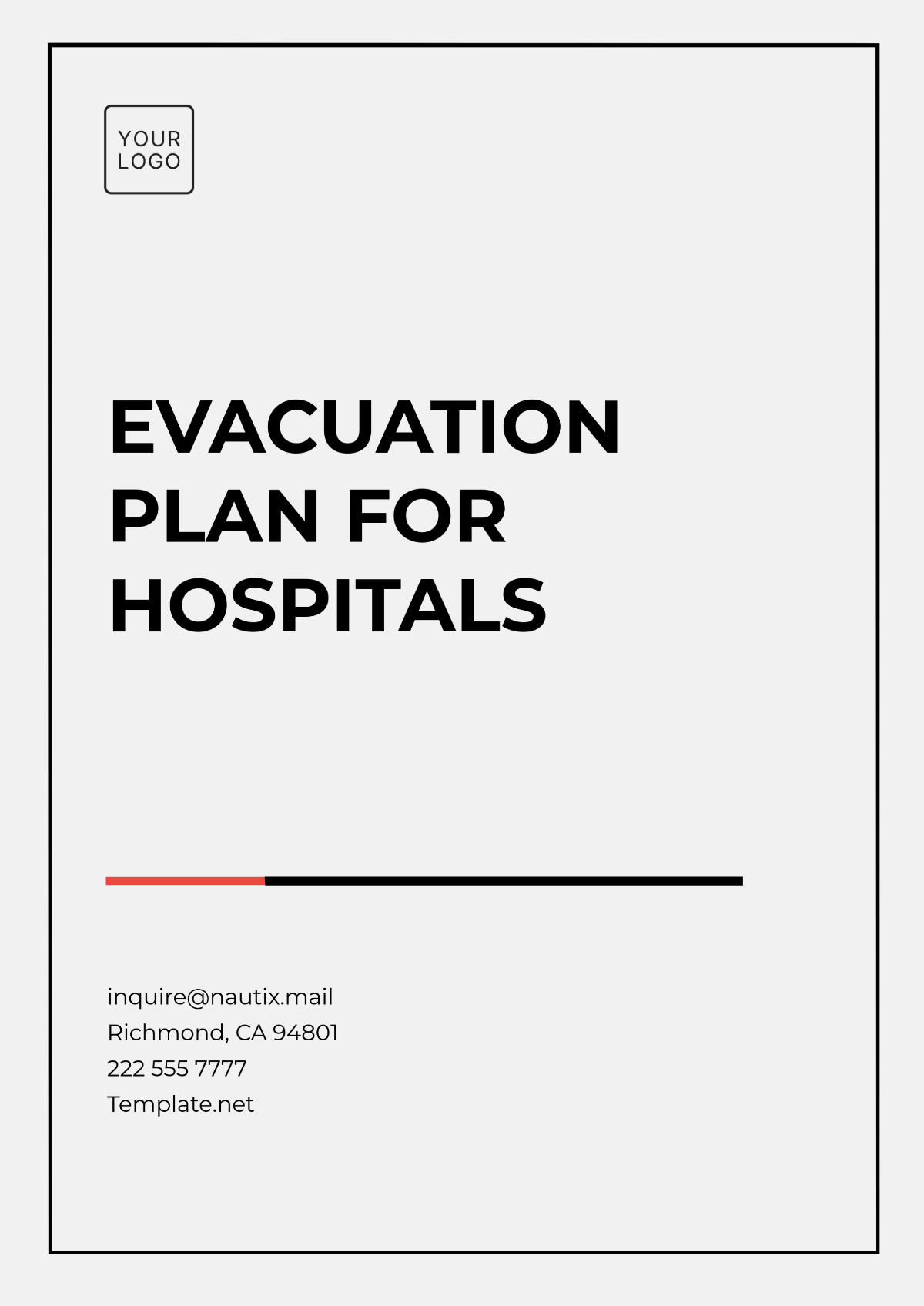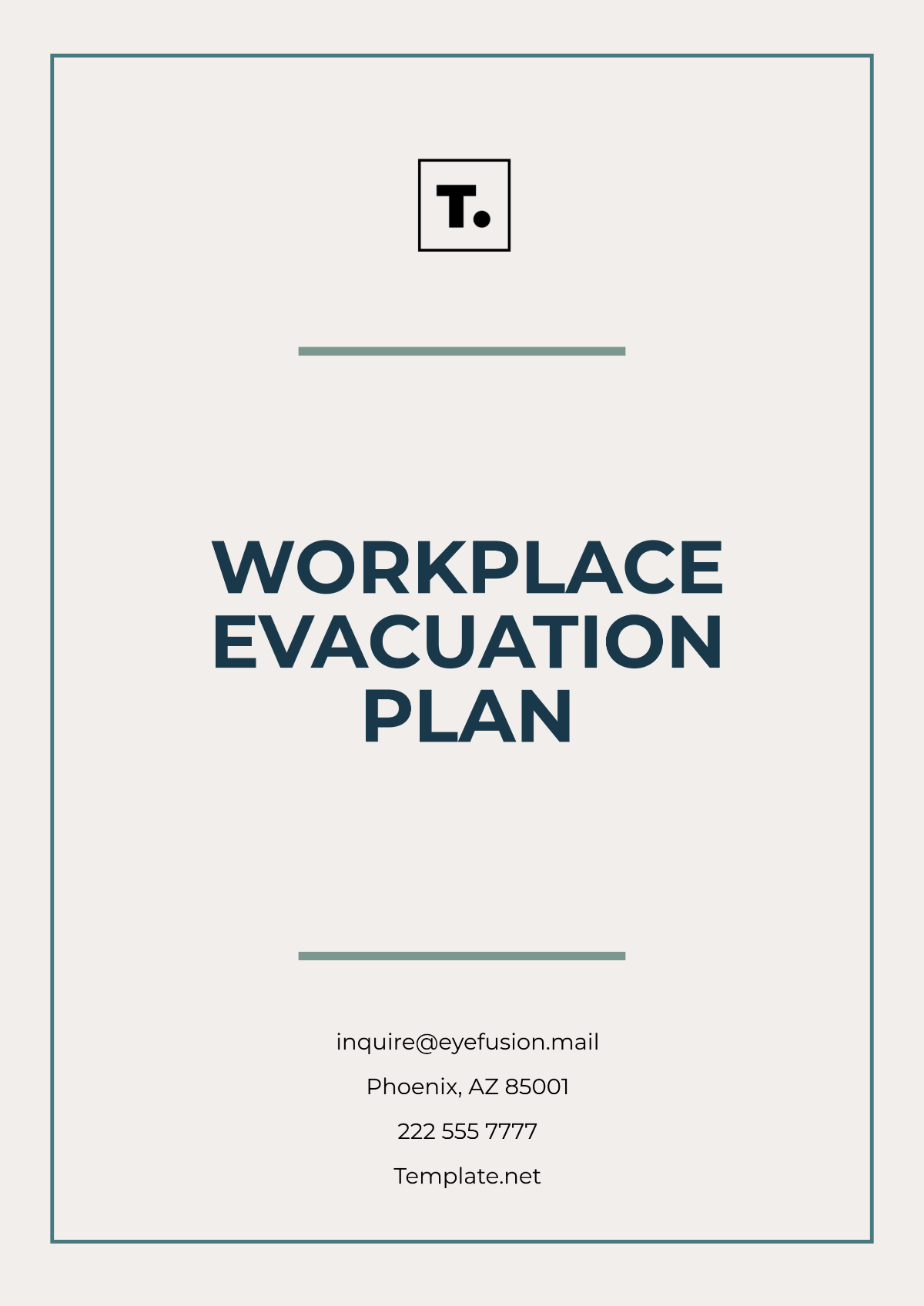Emergency Command Center Design Plan
Introduction
The purpose of this Emergency Command Center Plan is to provide a comprehensive guideline for establishing and managing an Emergency Command Center (ECC) during an emergency or disaster situation. This plan outlines the key elements, responsibilities, and actions required to ensure effective coordination and management during emergencies.
Objectives
To ensure effective coordination and communication among all relevant parties during an emergency.
To provide a structured framework for decision-making and resource allocation.
To maintain safety and security of personnel and assets.
To facilitate prompt and accurate information dissemination to stakeholders and the public.
ECC Activation Criteria
The ECC will be activated based on the following criteria:
Natural disasters such as hurricanes, earthquakes, or floods.
Technological incidents including major power outages, hazardous material spills.
Security threats like terrorist activities or cyber-attacks.
Public health emergencies such as pandemics.
ECC Location and Setup
The primary ECC is located at [Address/Location]. Alternate locations include [Alternate Address/Location]. The setup requirements for the ECC include:
Communication equipment (telephones, radios, internet access).
Audio-visual aids (projectors, screens).
Computers and necessary software for data management.
Office supplies and documentation materials.
Emergency kits and first-aid supplies.
ECC Roles and Responsibilities
Role | Responsibilities |
|---|---|
ECC Director | Overall management and coordination, decision-making authority, liaison with external agencies. |
Operations Chief | Implementation of operational plans, resource allocation, and coordination of response actions. |
Planning Chief | Development of action plans, collection and analysis of incident data, situation monitoring. |
Logistics Chief | Provision of resources and services needed to support the response. |
Finance/Administration Chief | Financial management, record-keeping, procurement, and cost analysis. |
Communication Plan
The Communication Plan is critical for ensuring that all stakeholders receive timely and accurate information. It includes:
Contact information for key personnel and agencies.
Protocols for internal and external communications.
Use of communication technologies like emails, SMS alerts, social media, and emergency broadcast systems.
Media briefing strategies and public information dissemination.
Emergency Procedures
The following steps outline the emergency procedures within the ECC:
Initial Assessment: Conduct a rapid assessment of the situation as soon as the ECC is activated.
Resource Mobilization: Deploy available resources and personnel to manage and mitigate the emergency.
Operational Coordination: Maintain continuous coordination and communication among all response teams and stakeholders.
Situation Monitoring: Continuously monitor the situation and adjust plans as necessary to address evolving circumstances.
Demobilization: Gradually scale down operations and transition to recovery phase once the emergency is under control.
Training and Exercises
Regular training and simulation exercises will be conducted to ensure readiness and effectiveness of the ECC plan:
Annual training sessions for ECC staff and stakeholders.
Quarterly tabletop exercises to simulate emergency scenarios.
Post-exercise evaluations and improvement planning.
Plan Maintenance
This Emergency Command Center Plan will be reviewed and updated annually or as needed following major incidents or changes in policy. Feedback from exercises and real-life incidents will be incorporated to improve the plan continually.




